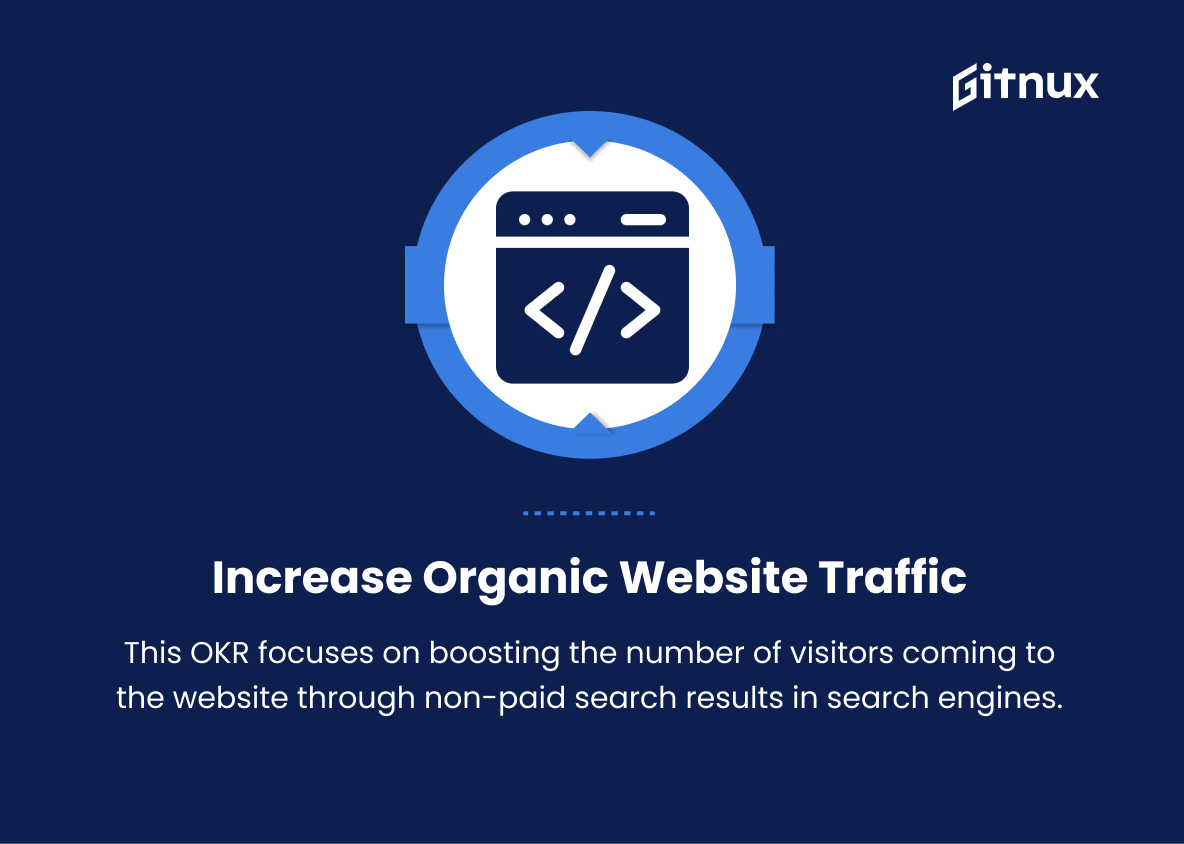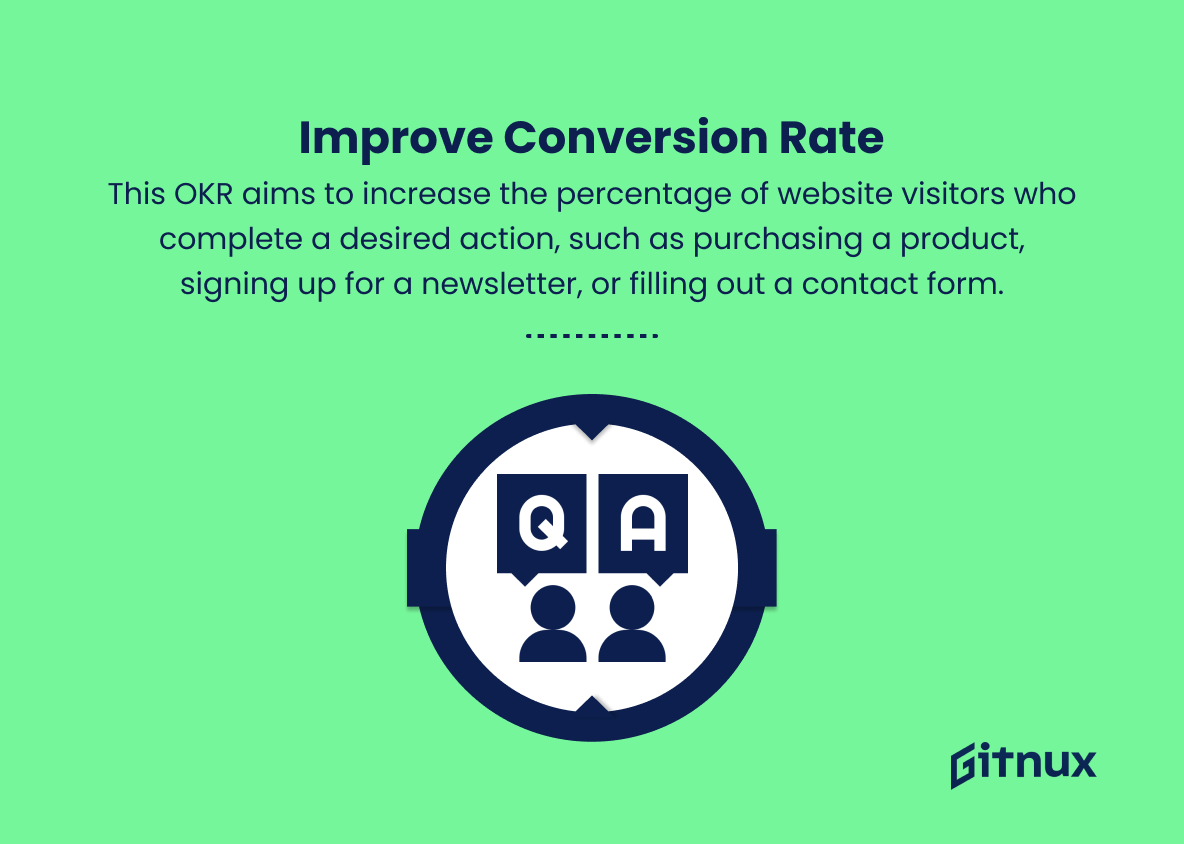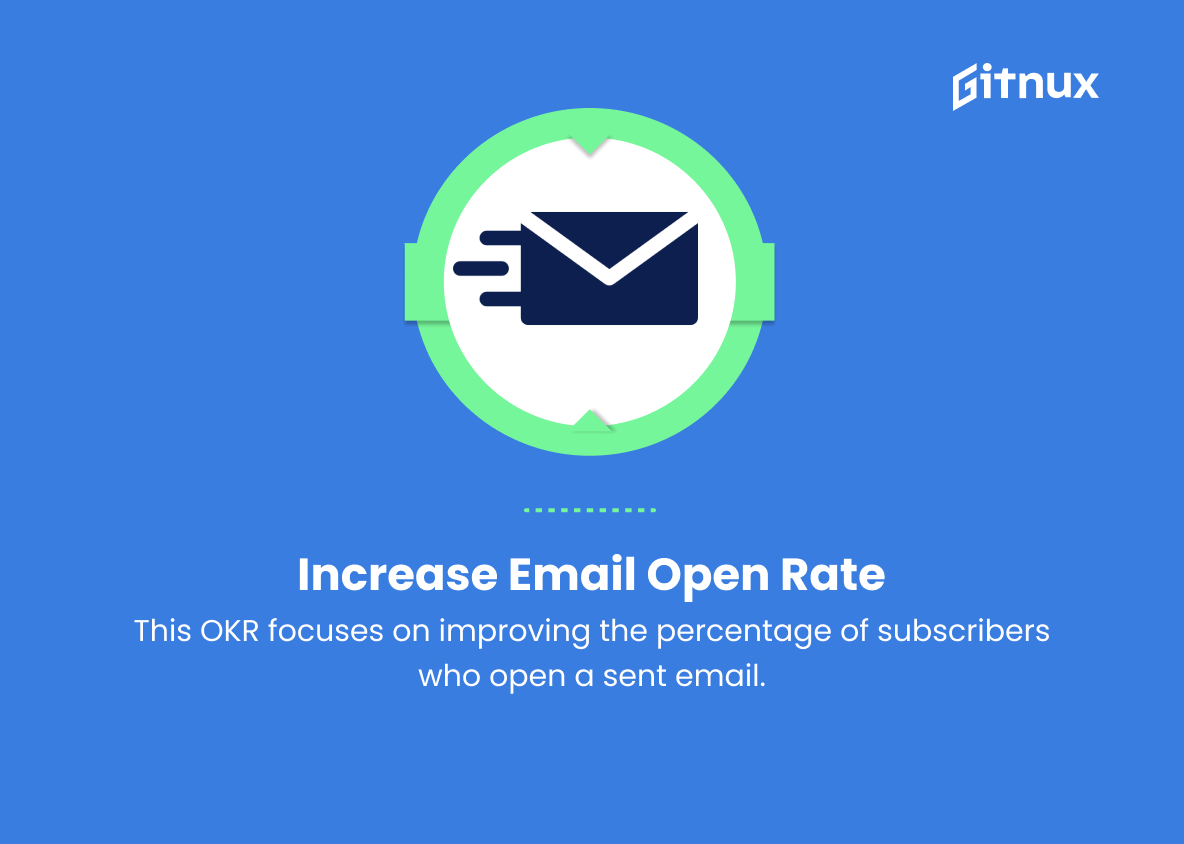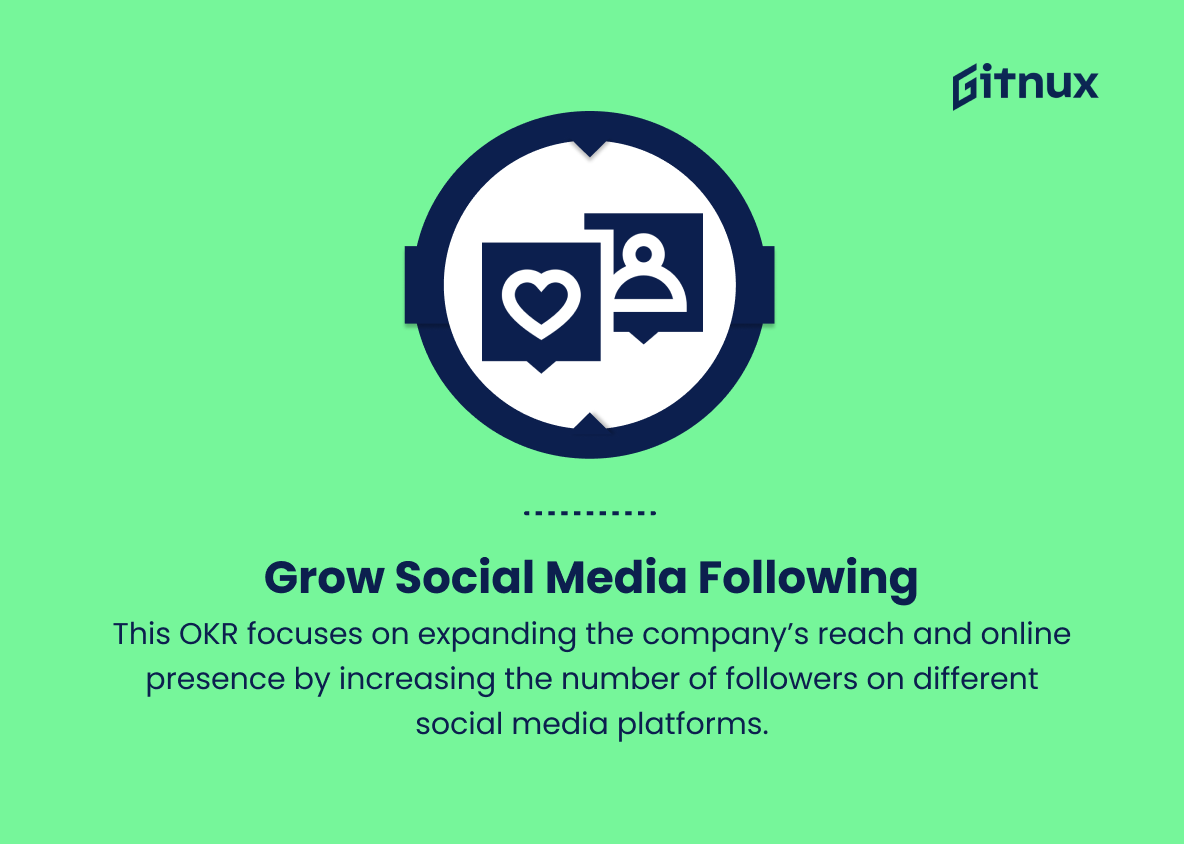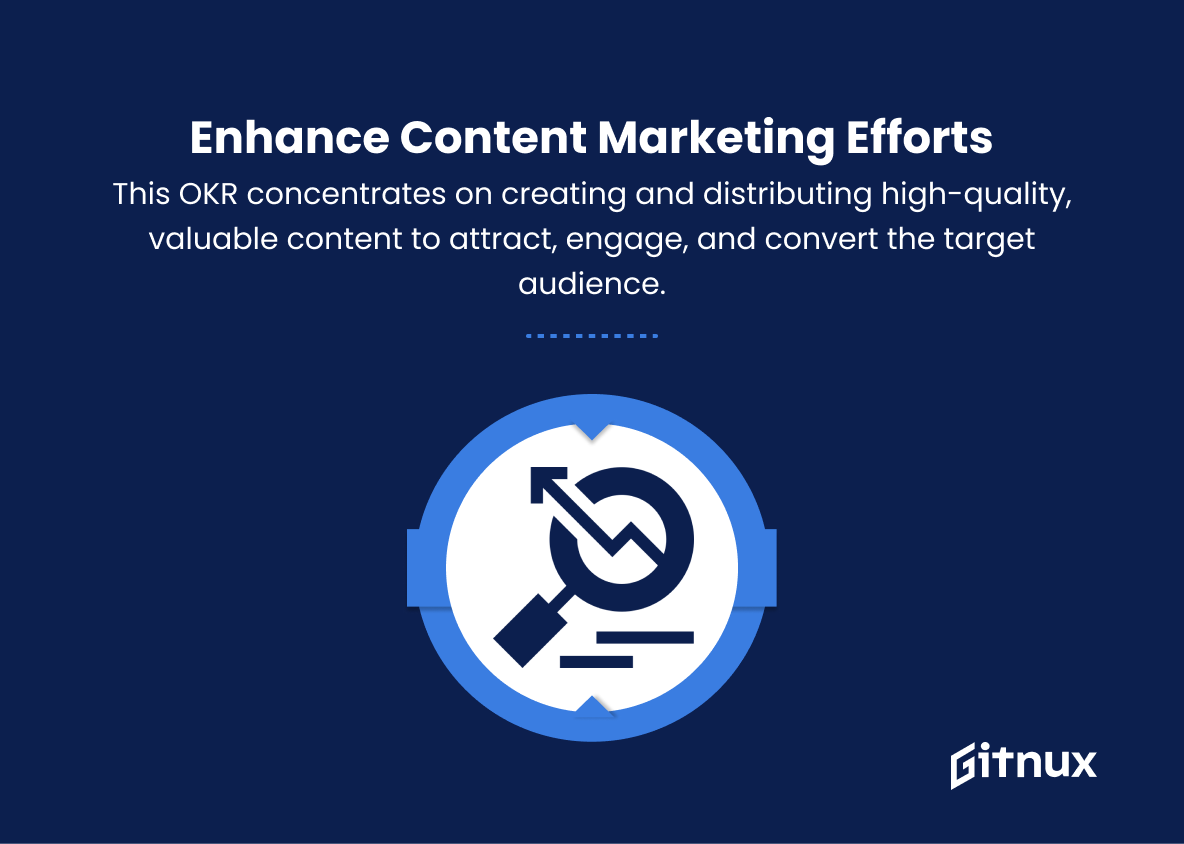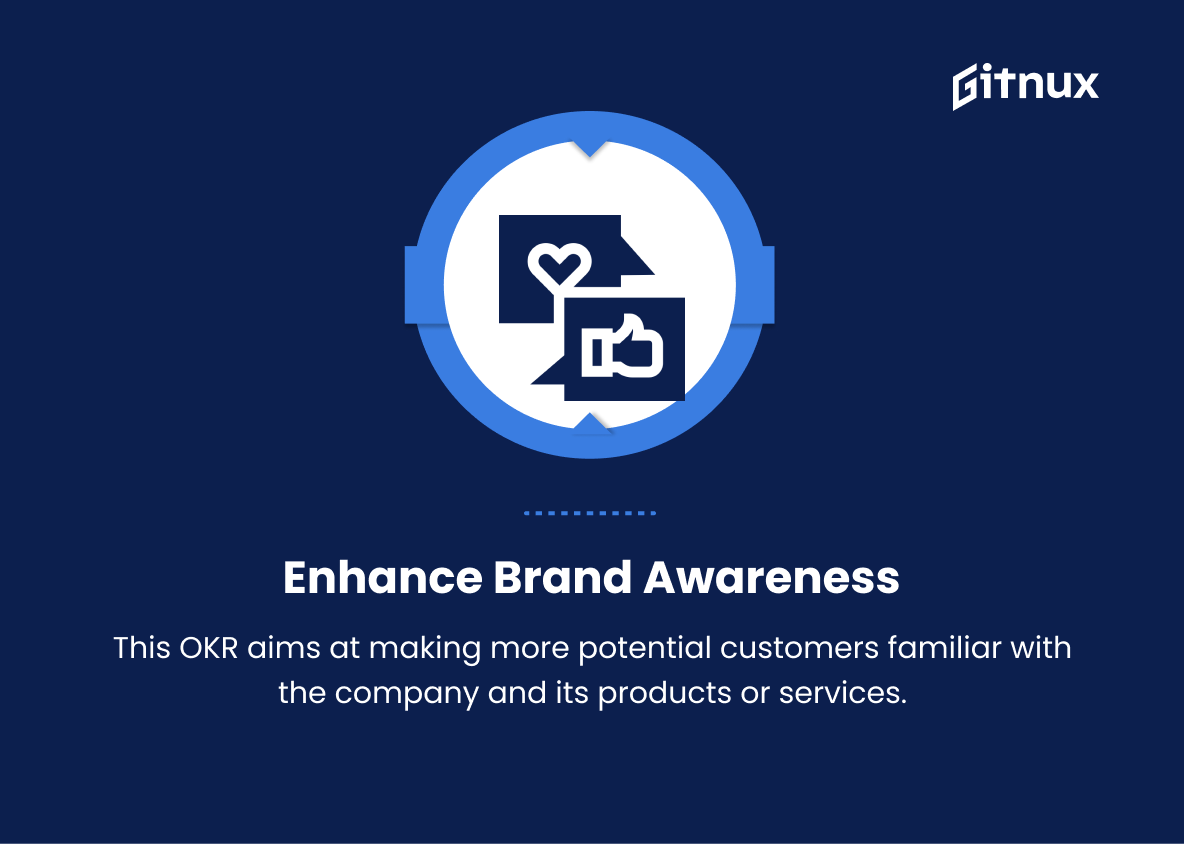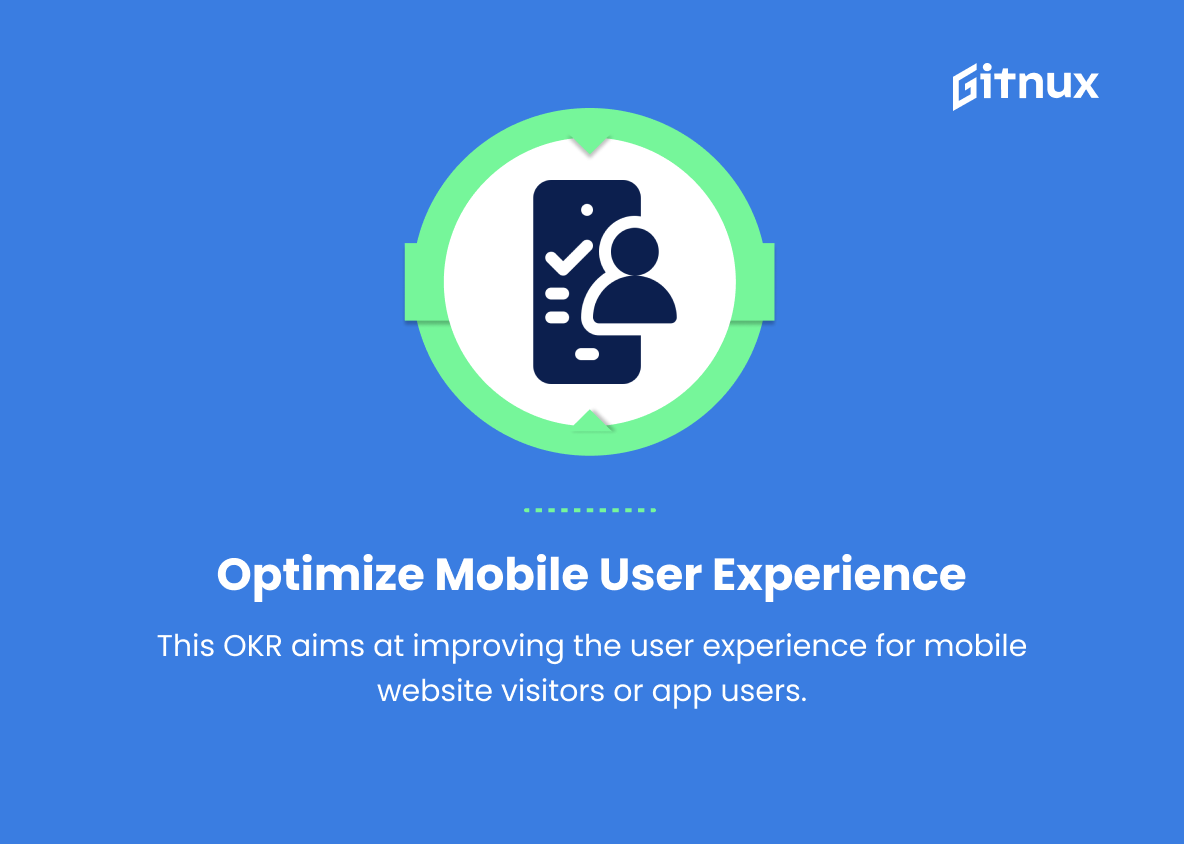In today’s rapidly evolving digital landscape, establishing clear and measurable objectives is crucial for the success of any digital marketing campaign. One widely accepted framework that enables organizations to set and track these goals is the Objectives and Key Results (OKRs) methodology. OKRs have gained significant traction in recent years, thanks to their adoption by industry giants like Google, LinkedIn, and Amazon.
This blog post aims to delve deep into the world of Digital Marketing OKRs, providing you with a comprehensive understanding of their importance, their implementation process, and how they can revolutionize your marketing strategy. So, let’s embark on this journey to align your digital marketing initiatives with measurable success, fostering growth and sustained competitive advantage in the ever-changing digital ecosystem.
Digital Marketing OKRs You Should Know
1. Increase organic website traffic
This OKR focuses on boosting the number of visitors coming to the website through non-paid search results in search engines. The objective is to optimize the site for search engine algorithms by creating and promoting valuable content, improving technical SEO, and building high-quality backlinks.
2. Improve conversion rate
This OKR aims to increase the percentage of website visitors who complete a desired action, such as purchasing a product, signing up for a newsletter, or filling out a contact form. This objective can be achieved through optimizing user experience, implementing conversion-focused design elements, and A/B testing different features.
3. Increase email open rate
This OKR focuses on improving the percentage of subscribers who open a sent email. This can be achieved by crafting compelling subject lines, segmenting the email list, and sending emails at the optimal time.
In today’s rapidly evolving digital landscape, establishing clear and measurable objectives is crucial for the success of any digital marketing campaign.4. Boost social media engagement
This OKR concentrates on increasing the interaction between the brand and its audience on various social media platforms. By sharing valuable and engaging content, as well as responding to comments and messages, this objective aims to create a sense of community and improve brand loyalty.
5. Grow social media following
This OKR focuses on expanding the company’s reach and online presence by increasing the number of followers on different social media platforms. This can be achieved through targeted ads, influencer collaborations, and consistent engagement with the audience.
Digital Marketing OKRs play a crucial role in driving business growth and ensuring a strong online presence.6. Increase return on ad spend (ROAS)
This OKR targets a higher return on the investment made in digital advertising campaigns. This can be achieved through targeting the right audience, optimizing ad placements, and split-testing different ad designs and messaging.
7. Enhance brand awareness
This OKR aims at making more potential customers familiar with the company and its products or services. To achieve this, businesses can focus on creating compelling content, participating in events or sponsorships, partnering with influencers, and using targeted advertising.
8. Improve customer retention rate
This OKR focuses on reducing customer churn and increasing repeat customers. This can be achieved through offering personalized content and promotions, nurturing relationships post-purchase, and implementing loyalty programs.
9. Optimize mobile user experience
This OKR aims at improving the user experience for mobile website visitors or app users. By focusing on mobile-first design, fast loading times, and intuitive navigation, the objective is to make it easier for mobile users to engage with the brand and convert.
10. Enhance content marketing efforts
This OKR concentrates on creating and distributing high-quality, valuable content to attract, engage, and convert the target audience. This can be achieved through aligning content with customer needs, utilizing various content formats, and promoting content effectively.
Digital Marketing OKRs Explained
Digital Marketing OKRs play a crucial role in driving business growth and ensuring a strong online presence. Increasing organic website traffic helps in attracting a larger audience to the site without relying on paid promotions, while improving conversion rates ensures that this increased traffic translates into tangible results for the business. Growing the social media following and boosting engagement helps in building a loyal customer base and enhancing brand awareness.
Higher email open rates lead to more effective email marketing campaigns, while optimizing ROAS ensures a noteworthy return on investment in digital advertising. Focusing on customer retention results in a more stable and profitable customer base, and optimizing the mobile user experience helps in catering to the ever-growing mobile audience. Lastly, enhancing content marketing efforts elevates the brand’s authority, attracts potential customers, and ultimately leads to higher conversions and revenue generation for the business.
Conclusion
In conclusion, Digital Marketing OKRs are an essential component of any successful digital marketing strategy. By setting specific, measurable, achievable, relevant, and time-bound objectives and key results, businesses can effectively track and optimize their digital marketing efforts to ensure continued growth and success.
Implementing Digital Marketing OKRs fosters a culture of accountability, encourages collaboration and communication, and ultimately drives better performance across all digital channels. As the digital landscape continues to evolve, it is crucial for businesses to adopt a results-driven approach through the establishment of meaningful, well-defined Digital Marketing OKRs.
